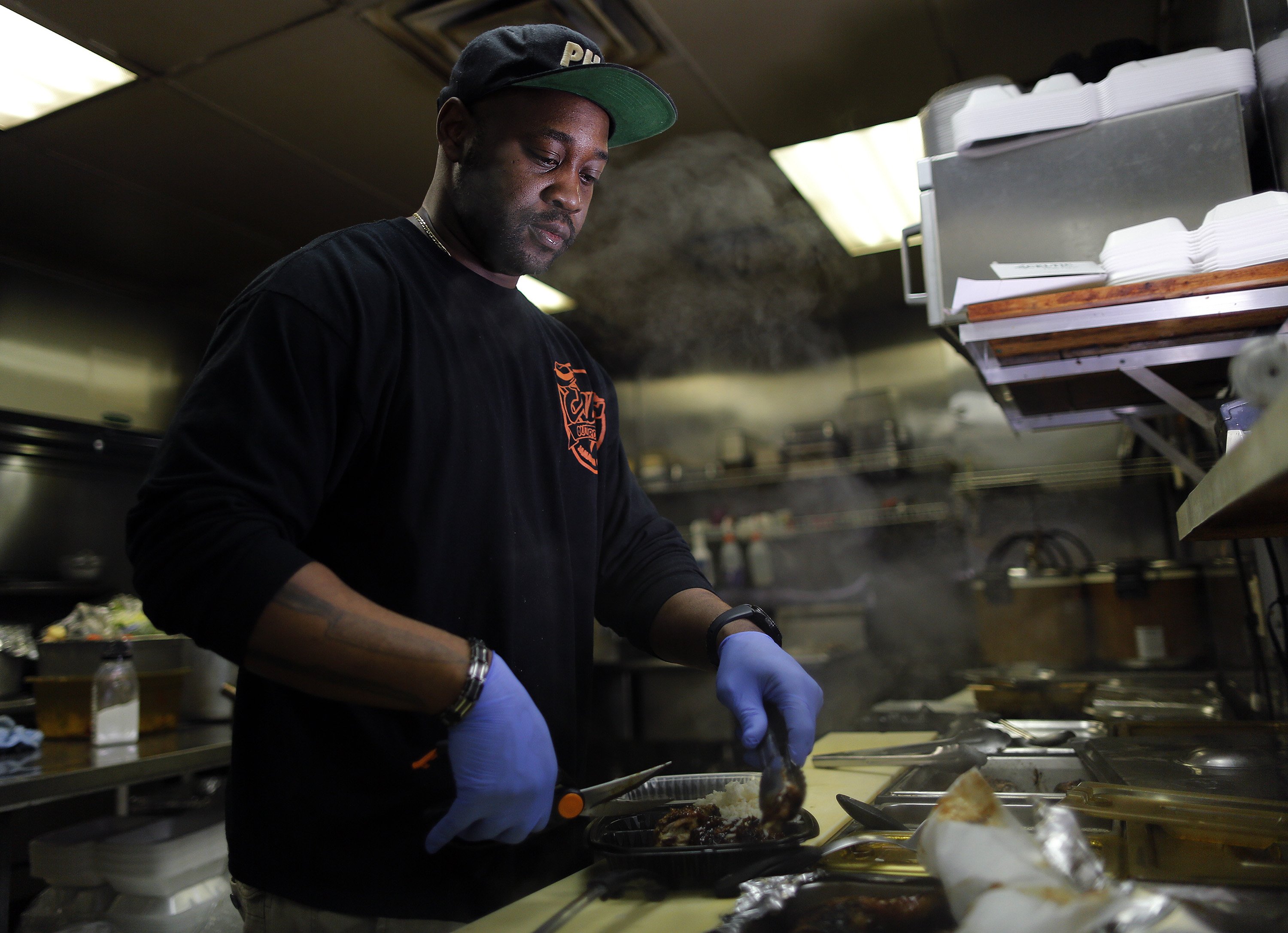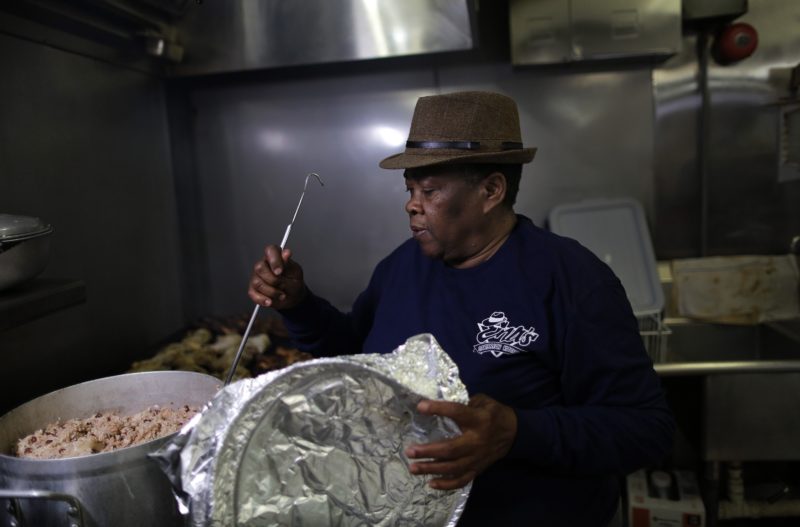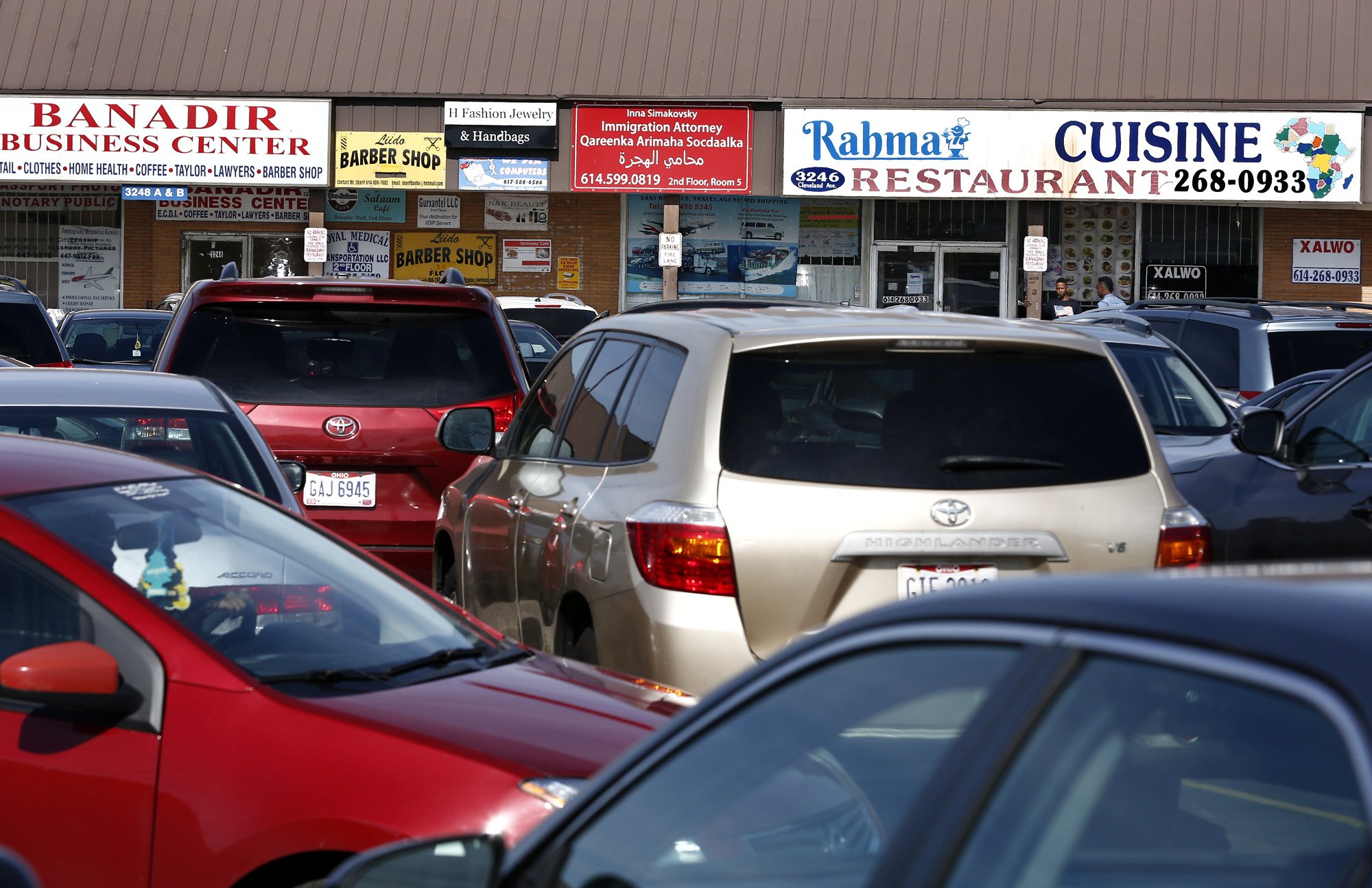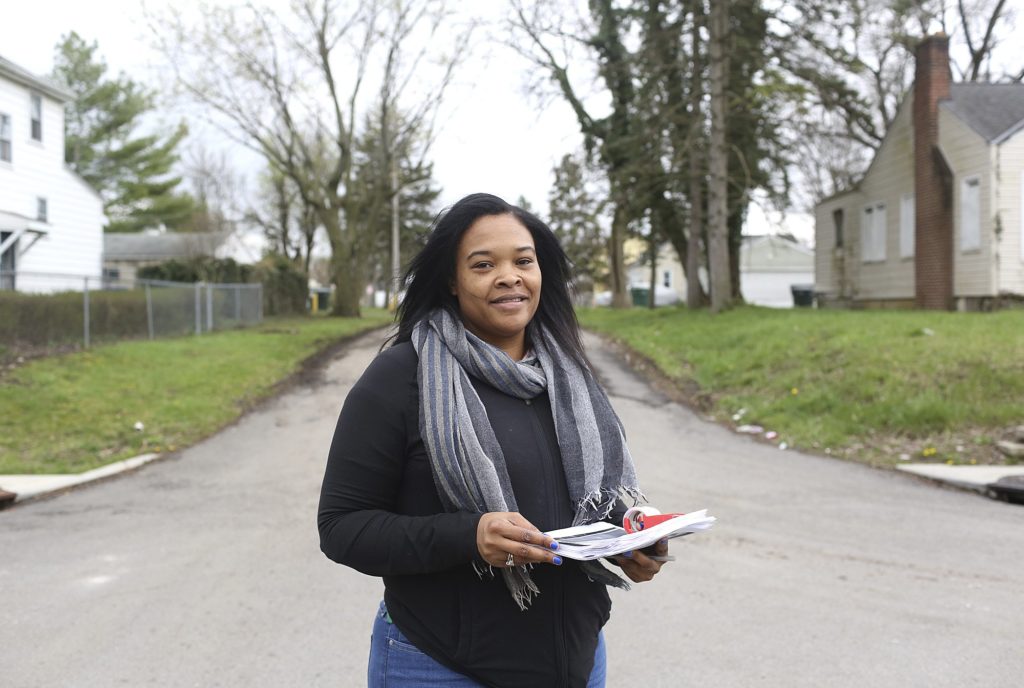LIVING IN LINDEN
Exploring a neighborhood's struggles and possibilities
Without a major anchor, should Linden look to many smaller ones?
The area just east of Downtown has Nationwide Children's Hospital. The University District and its Weinland Park neighborhood? Ohio State University. The South Side had the city and business leaders with neighborhood ties and deep pockets to help build the $12.5 million Reeb Avenue Center with its community services and affordable fresh-food market.
But North and South Linden have no such anchor to help spur redevelopment and energy, nor wealthy champions to lead and fund revitalization efforts.
"There are no clearly identified champions," said Carla Williams-Scott, director of the city's department of neighborhoods. "But we are looking at opportunities. A champion may have to come from outside of Linden. We don't have a Nationwide Children's or an OSU East."
After he was elected in 2015, Mayor Andrew J. Ginther said one of his major goals was to raise and revitalize the Linden community.
Nick Bankston, manager of neighborhood transformation strategies for the city, said the area could build around the small-scale ethnic restaurants in the area, such as a section of Cleveland Avenue north of Hudson Street that is home to Ena's Caribbean Kitchen and, across the street, the New Harvest Cafe. A market analysis for a Linden plan by the nonprofit Neighborhood Design Center speaks to the opportunity to build off "authentic food," Bankston said.
Bankston also said Linden-McKinley High School remains a longtime anchor for the neighborhood, especially since the Columbus school district invested $30 million in it.

"It raises a challenge, but also an opportunity as a city," Bankston said. "It's not the only neighborhood that doesn't have a large-scale employer."
Kwodwo Ababio, who has operated the New Harvest Cafe at Cleveland and Arlington avenues for 14 years, said that he'd like to see the stretch of Cleveland Avenue between Hudson Street and Weber Road become a neighborhood anchor like it was in much of the 20th century, when it was lined with drugstores, grocery stores and hardware stores.
New Harvest could help fuel that. It's already a performing arts center, and this summer it will host food trucks operated by neighborhood residents.
"I love to see people happy," said Ababio, a 57-year-old Chicago native. "Live the days of old. People were a family, a community. Business owners gave something back to the community."

Ena Hayles, owner of the popular Ena's Caribbean Kitchen, said the cluster of businesses there, plus a church and a mosque, could anchor the area. But the city has to resolve an issue.
"Our biggest problem is parking," she said. "You park in front of my building, you get a ticket. Parking is limited."
Kerry Reeds, executive director of the Neighborhood Design Center, said he wouldn't call the cluster of businesses including Ena's and New Harvest Cafe anchors, although he said they were "unique offerings."
No major stakeholders
North and South Linden together have lost nearly a third of their combined populations since 1960, going from 54,745 in 1960 to 35,376 in 2010. Since then, the population has stabilized, inching back up to an estimated 35,889 by 2016, fueled in part by the growing number of immigrants in the area.
The Banadir shopping center on Cleveland Avenue is a magnet for that population. This past Wednesday, the parking lot was jammed, with cars backed up and drivers honking as they waited for a free space.
The Banadir center caters to the large Somali community in the area, with grocery stores, barbershops, cafes, clothing stores, travel services and tax and accounting centers. People were preparing last week to celebrate Eid al-Fitr, the end of the fasting season of Ramadan.
On the second floor of the shopping center was Soraya Maani, a law clerk in an immigration services office and Ohio State law student. She said she definitely sees the center as a neighborhood anchor. She called the community tight-knit and very welcoming, and said the center draws people not only from Linden but outside as well.
"It's a one-stop shop," she said.

But John Lathram, a North Linden resident who lives on Myrtle Avenue and serves on North Linden's area commission, doesn't believe the neighborhood truly has anchors, outside the churches.
He served on the mayor's advisory council for Linden's redevelopment plan. The council did identify areas of Linden it thought would benefit from a cluster of restaurants, including Cleveland and East 11th avenues, the Interstate 71-Hudson Street interchange, and the Cleveland and Myrtle avenue intersection.
The council also approached city officials to organize a small-business forum.
"Linden is becoming a lot of smaller businesses and restaurants," Lathram said.
Phil Washburn, operations director for Habitat for Humanity, said those nodes are central to everything. "Unlike some neighborhoods, there are no major stakeholders that you can look at," said Washburn, whose group has built about 100 homes in the Linden area.
There also is no major nonprofit group helping to renovate housing in the area, such as the United Methodist's Church's Community Development for All People on the South Side, which is working with Nationwide Children's Hospital.
Telling a positive story
Some offered up Oakland Nursery on Oakland Park Avenue as an anchor. The business began on Maize Road in Linden in 1940. "Off the top of my head, that's the longest-running one," said Donna Poeppelmeyer of Superior Realty, who also volunteers at Linden Lutheran Church.
Anchor or no, Linden won't turn around unless some other problems are addressed. Columbus police spokesman Sgt. Dean Worthington said Linden has one of the higher crime rates in the city.
"You've got to get rid of the crime," Poeppelmeyer said. "You've got to get to a place where children can go, with mentors, and have some hope."
St. Stephen's Community House on East 17th Avenue has been a neighborhood presence since 1965. St. Stephen's board Chairman Michael Kelley said he's working to change Linden's image.
"It seems like Linden's brand is not very good; it could be a lot better," said Kelley, who is a principal with the Kelley Companies, a developer and real estate company.
"What people see about Linden is a lot of violence," he said. There's a more positive story to be told, he said.
Kelley's grandfather, Don Kelley, founded the company and is a South Side native. He is one of the neighborhood 's champions and helped make the Reeb Avenue Center the neighborhood anchor it is.
"One area where Linden struggles is a private-sector anchor," Michael Kelley said. "I do feel that St. Stephen's is a bit of an anchor."
"Linden's a big neighborhood. It's more challenging," he said.
Sundi Corner, a local real estate agent who lives in Linden, said its main anchors are the families, some of whom have lived there for generations.
"When you talk to families, families love it here," Corner said. "We're only divided by streets."
Her father owned the house where she now lives. And her mother moved from Roanoke, Virginia, to Linden.
"She bought two houses," Corner said.
"She could have lived wherever she wanted. I have the ability to move," she said.
"This is where I'm most comfortable."
Like what you're reading?
Stories that inspire. Coverage that informs. Investigations that affect change. This is real news just when it's needed most. Subscribe today. Subscribe

